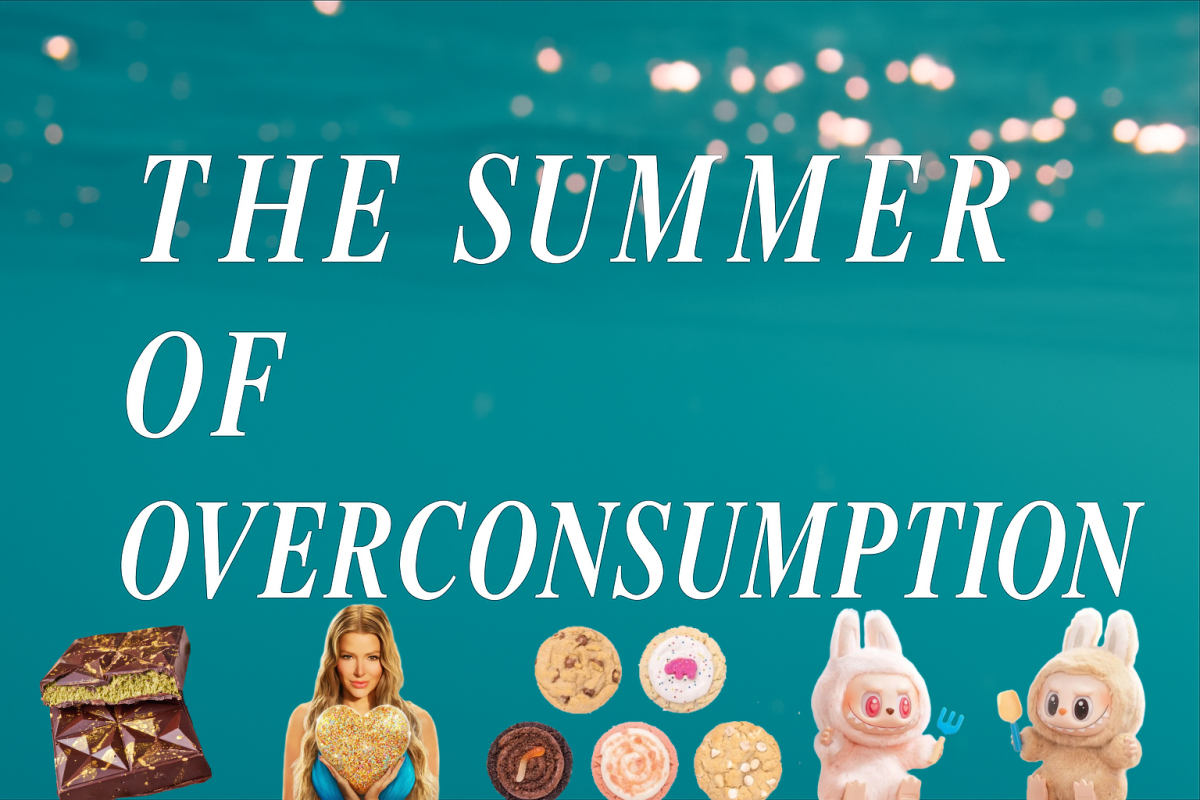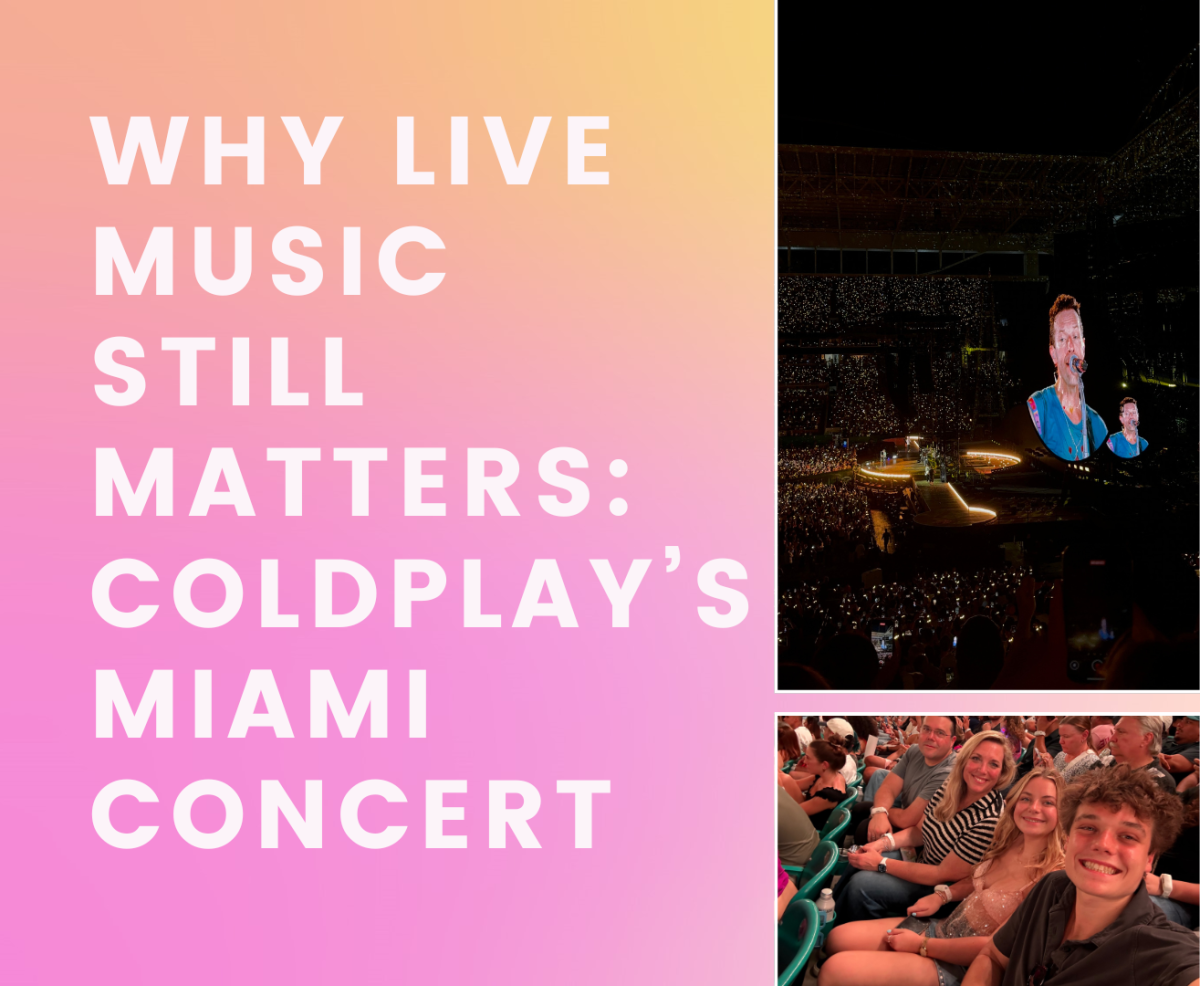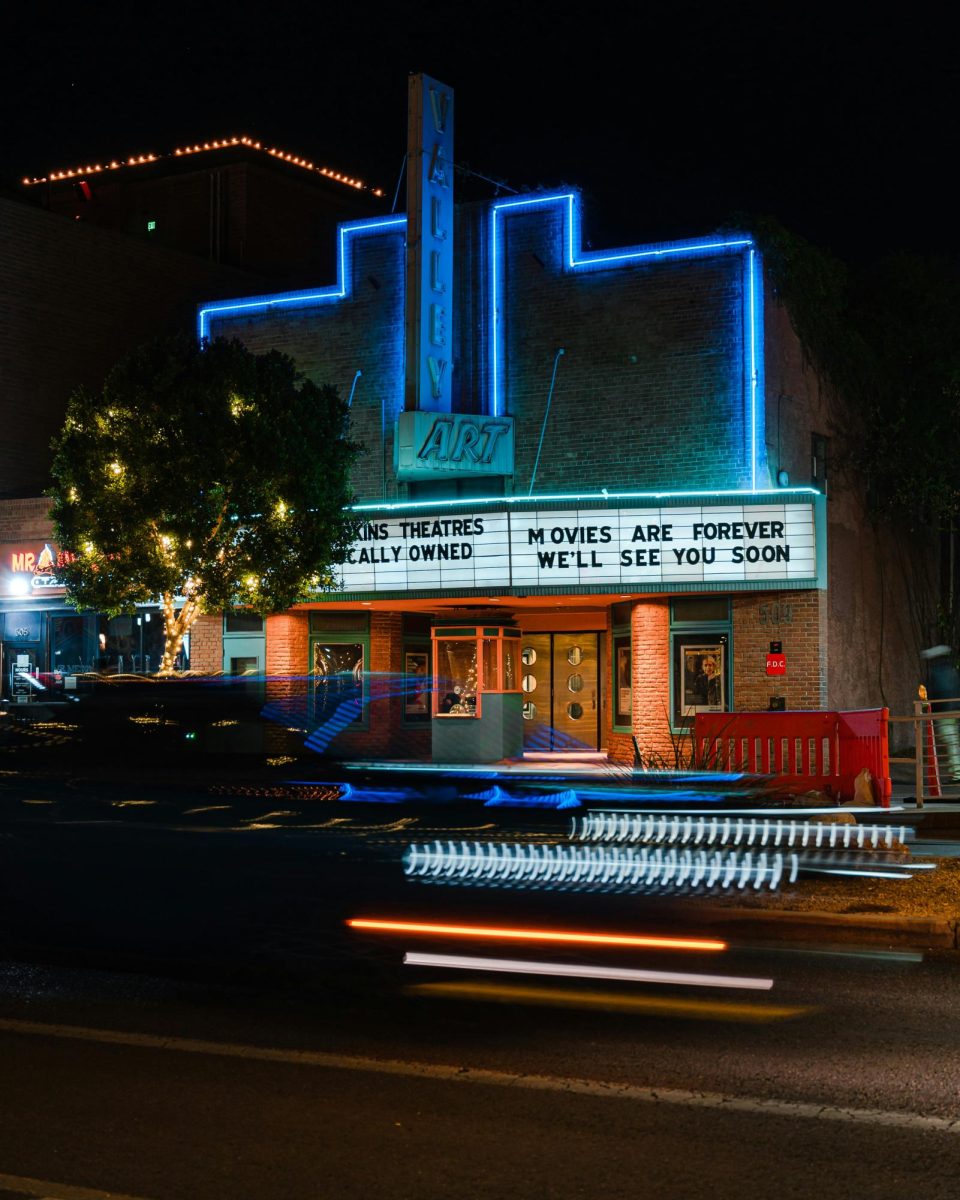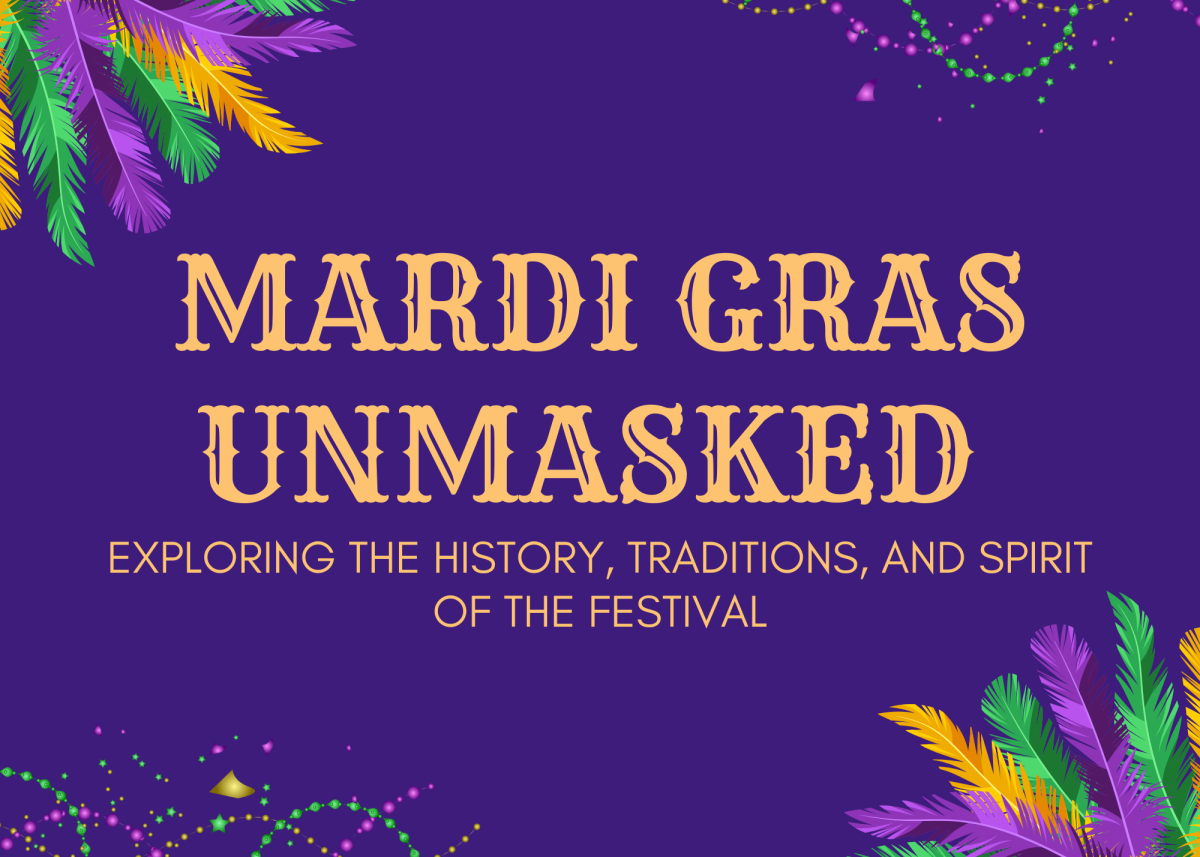If you said the words; Labubus, Love Island, Dubai chocolate, AI ASMR, or Crumbl to a Victorian child or a 1600s pilgrim, they would faint either from confusion or cultural whiplash, maybe even both. These words aren’t just strange to the past, they mark our hyper-modern, over-saturated, consumer-driven summer of 2025.
Everywhere you looked this summer, there was something new for you to try, buy, watch, or be influenced by. Whether it was the TikTok algorithm pushing AI-generated ASMR that impacts the planet with every click, or limited edition cookies that sell out in hours, the message is clear: consume more, think less.
We entered a season not just weather-wise, but in a culture where overconsumption isn’t just normal; we expect it. Dubai chocolate drop shipped to your house overnight for $49.99? Sure. Crumbl’s cookie lineup of the week that are at least 680 calories each that cost $25 a box? Why not? A $60 Labubu that you had to buy resold on Ebay which turned out to be fake, bought only because someone else had one? Obviously.
“I don’t get the Labubu hype at all, it’s just a plushie keychain. I feel like you can get one of those for a third of the price of a Labubu anywhere,” said Senior Isabella Dvoskin.
This wasn’t just a summer of indulgence, it was a summer of performative interests. Social media pushed an odd kind of societal pressure where every latte, every vacation, every “hot girl walk” needed to be documented, romanticized, and monetized. If it wasn’t on your feed, did it even truly happen?
But it wasn’t always like this.There was a time not that long ago when things were much simpler. Before the doomscrolling, before everything needed to be branded or aesthetic, life had slower moments that you had more time to savour and enjoy. You could go out with friends and not feel the need to post a story. You could eat something without rating it, reviewing it, or sharing it with thousands of strangers online. Memories weren’t measured in views or likes; they were just memories. Junior Adriana Leizaola said, “I made some of my favorite memories at the encounter. Where no one had a phone and I truly lived the good moments, not just posed for them.”
There was more room for boredom, and with that, more room for imagination and creativity. There was more space for being real, for being enough without constantly having to prove it.
So it raises the question, when did we stop valuing individualism? When did we begin losing our sense of unique identity and start conforming, giving in to capitalistic routines dressed up as self care and self expression?
We used to value an individualistic approach, now we settle for conformity, for playing follow the leader with someone in a screen that we’ll never see in person. What was once genuine has become curated. What was once personal has become purchasable. Individualism has been slowly traded in for shared aesthetics, Amazon wishlists, and Starbucks orders customized by TikTok virality.
The overconsumption this past summer isn’t just about money or goods, it’s about attention, time, and identity. We’re being sold versions of ourselves that don’t come from within but from whatever brand collaboration or influencer comes up on our for “you” page next.
So what comes next?
As we move into the fall, it’s worth asking: Can we slow down? Can we reclaim our individualism, the messy, authentic, uncurated parts of us that don’t need to be liked, shared, or sold? We should make it our mission to log off. To make something instead of buying something. To be someone instead of some brand’s target audience.
Because if a Victorian child would faint at our world, maybe it’s time we start questioning it too.








